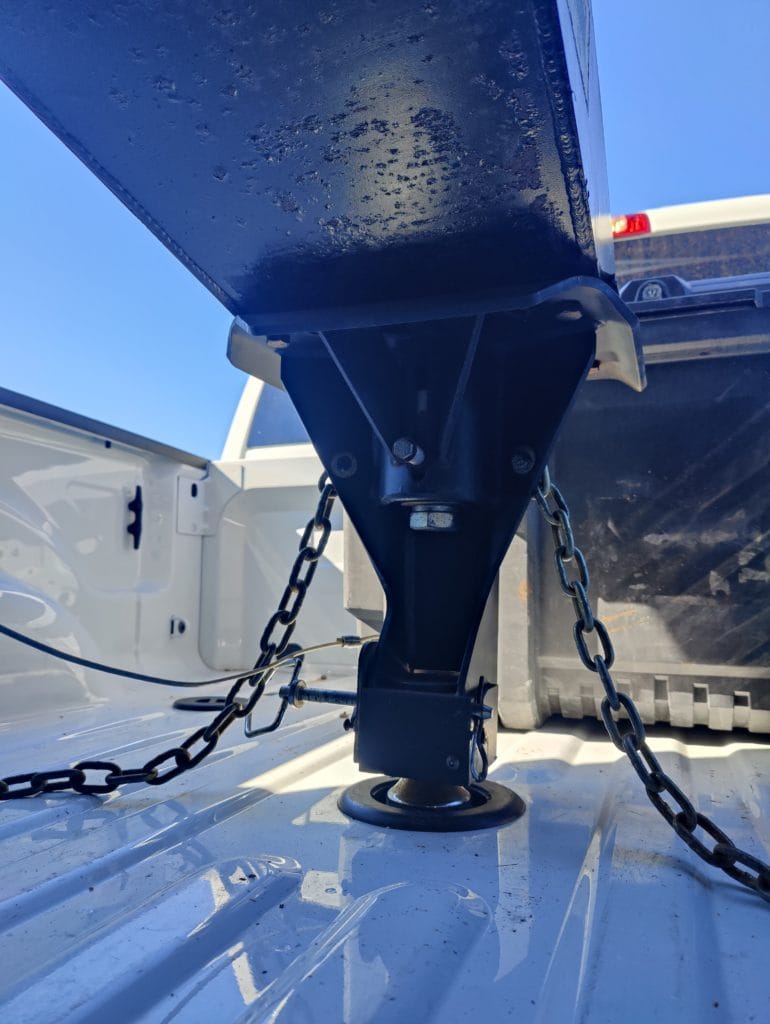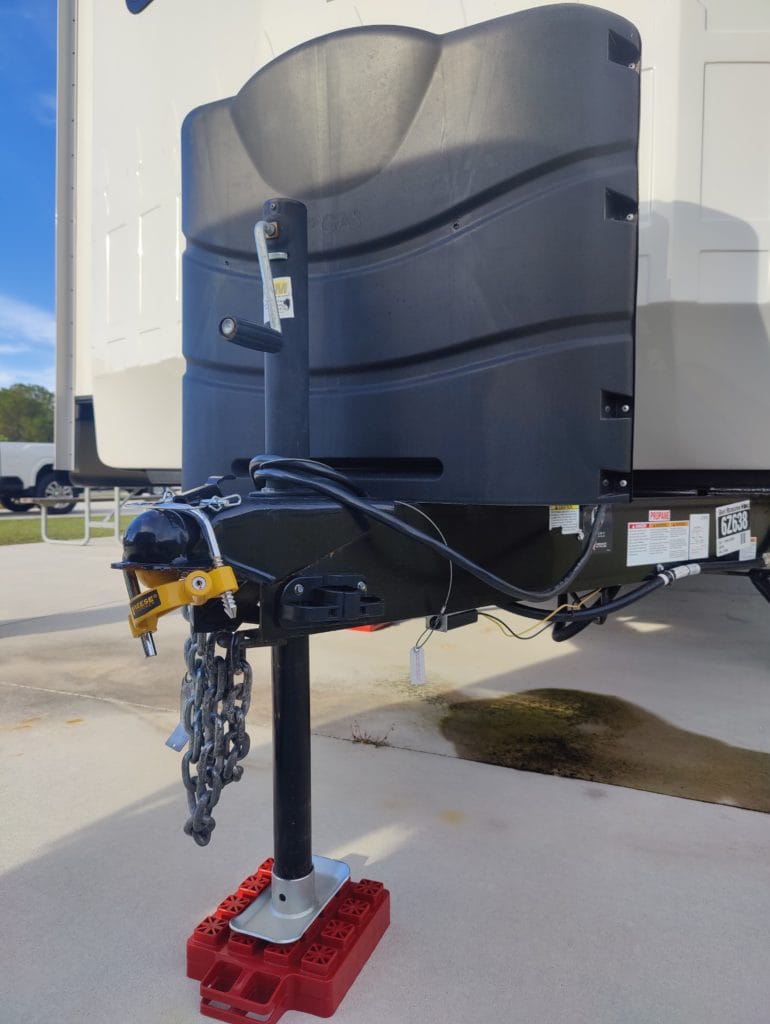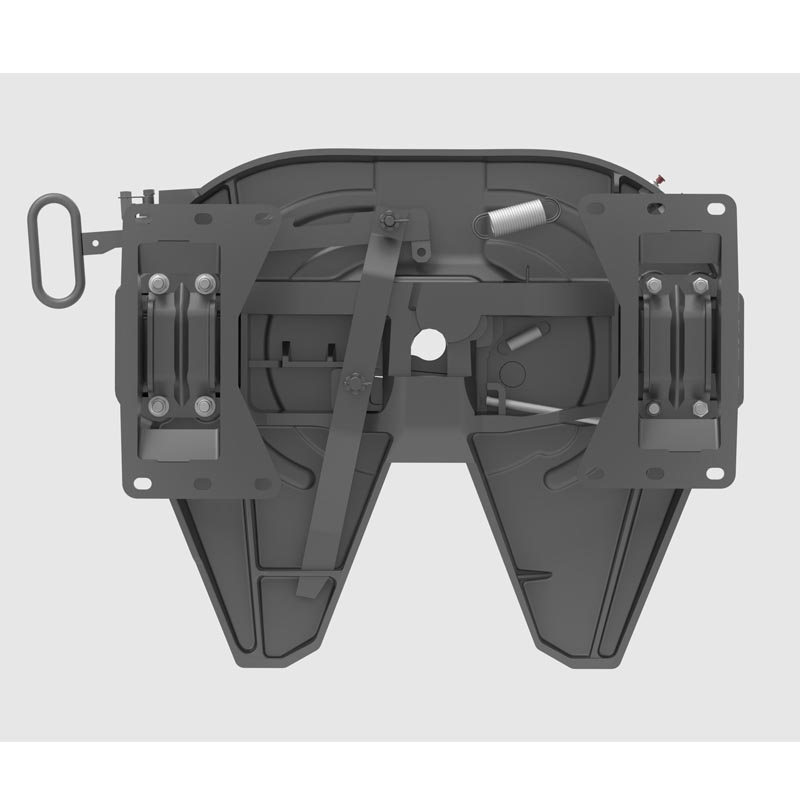
- afrikane
- shqiptare
- amharike
- arabisht
- armene
- Azerbajxhani
- bask
- bjellorusisht
- Bengalisht
- boshnjake
- bullgare
- katalanas
- Cebuano
- Kinë
- Kinë (Tajvan)
- korsikane
- kroate
- çeke
- daneze
- holandeze
- anglisht
- Esperanto
- estoneze
- finlandez
- frëngjisht
- frizianisht
- Galician
- gjeorgjiane
- gjermanisht
- greke
- guxharatisht
- Kreole Haitiane
- Hausa
- hawajiane
- hebraishtja
- Jo
- Miao
- hungareze
- islandeze
- igbo
- indonezisht
- irlandeze
- italisht
- japoneze
- javaneze
- kanadeze
- kazakisht
- Khmer
- Ruanda
- koreane
- kurde
- Kirgize
- Punës
- latinisht
- Letonisht
- Lituanisht
- luksemburgase
- maqedonase
- Malagazi
- Malay
- malajalamisht
- malteze
- Maori
- Marathi
- mongolisht
- Mianmar
- nepalisht
- norvegjeze
- norvegjeze
- Oksitan
- Pashto
- persisht
- polonisht
- portugeze
- Punjabi
- rumun
- rusisht
- Samoan
- gaelishte skoceze
- serb
- anglisht
- Shona
- Sindhi
- sinhalisht
- sllovake
- slloven
- somalez
- Spanjisht
- sundanez
- Suahili
- suedeze
- Tagalogisht
- Taxhikisht
- tamile
- tatar
- telugu
- Thai
- turk
- turkmen
- ukrainase
- urdu
- ujgure
- Uzbekistani
- vietnameze
- Uellsisht
- Ndihmë
- Jidish
- Jorubisht
Në . 24, 2024 11:22 Kthehu në listë
YOUR GUIDE TO TOWING AN RV fifth wheel coupler
According to a report by the RV Industry Association, more than 11 million households in the United States now own an RV. And if you are interested in joining the ranks of RV owners—especially if you’re looking to buy a travel trailer or rrota e pestë—it’s important to know exactly what towing an RV will entail.
Here we’ve put together a helpful guide that aims to answer all of your towing questions. This covers everything from choosing the right tow vehicle to understanding towing capacity to knowing the different hitches. Our goal is not only to educate but to help you feel confident and comfortable when pulling an RV behind you.
Rrota e pestë e derdhjes JSK me cilësi të lartë 37C
ZGJEDHJA E MJETEVE TË DREJTSHME TË RËRTHYES
We highly recommend choosing your RV before buying your tow vehicle. This way you’ll know exactly how much your RV weighs before you figure out how much weight your tow vehicle will need to pull. When figuring out how much your RV weighs, be sure to ask your dealer about both the dry hitch weight (how much the RV weighs when it is empty) and the cargo carrying capacity (the maximum amount of weight you can add to your RV). On average, your RV will weigh 1,500 pounds more once it’s been filled with water, gas and gear.
Once you know your RV’s total weight, then you can look to find a tow vehicle that matches it. If possible, opt to have a tow package added to your RV so you can maximize your towing capacity. If you already have a vehicle that you plan to use to tow your RV, make sure you buy an RV that doesn’t exceed the weight limit that your current vehicle can pull. This is where you’ll need to understand your vehicle’s towing capacity.
KAPACITETI TË RRUSHËS
Towing capacity is the maximum amount of weight your vehicle can tow when pulling your RV. This number lets you know exactly how heavy your trailer can be. If you don’t know your towing capacity and try to pull a trailer that is too heavy, you could end up in a very dangerous situation so it’s vital to know your tow vehicle’s limits.
To determine maximum towing capacity, you’ll need to find out the vehicle manufacturer's weight ratings and compare them to the weight of your RV. You can usually find your vehicle’s weight rating on the inside of the driver door or in the owner’s manual. If the vehicle's ratings are higher than the total weight of the RV, then the RV is safe to tow.
Another good number to know is the Gross Combined Weight Rating (GCWR). This number is established by the vehicle’s manufacturer and represents the maximum weight the vehicle can handle with an RV attached. The GCWR takes into consideration the weight of the vehicle’s axles, wheels, suspension system, and frame, as well as the weight of the RV. You can also find the GCWR in your owner’s manual, or you can call your dealer or vehicle manufacturer and give them your VIN number and they should be able to tell you the specific GCWR.
KONTROLLET
In addition to towing capacity, you’ll also need to understand the different types of RV hitches. Whatever hitch you choose is heavily dependent on the type of RV you purchase, so we’ve listed three basic hitch types and their corresponding RV types here.
RROTA E PESTË:
This hitch is specifically used for towing fifth wheels. It is installed inside the bed of a truck and sits above the bed of the trailer. The trailer then attaches to the truck with a kingpin mechanism. These hitches are able to handle a lot of weight (anywhere from 16,000 to 30,000 pounds) due to the fact that the fifth wheel’s weight is pressing down directly over the rear axle of the truck.
KONTAZHJA E PATËS:
Ky është një opsion tjetër i fiksimit për rrotat e pesta, por në vend që të përdorë një kunj, ky sistem lidhës përdor një top dhe bashkues. Disa njerëz preferojnë goditjet me qafë pate, sepse zënë më pak hapësirë në shtratin e një kamioni dhe mund të tërheqin më shumë peshë se një goditje e rrotës së pestë (30,000 paund). Ngjitëset me qafë të patës janë të shkëlqyera për rrotat e pesta më të rënda, si transportuesit e mëdhenj të lodrave.

Një pamje nga afër e një lidhëse me qafë pate, e cila përdor një mekanizëm topi dhe bashkues, të lidhur në shtratin e një kamioni.
SHPËRNDARJA E PESHES:
Ky sistem fiksimi përdoret më së shpeshti për rimorkiot më të rënda të udhëtimit (deri në 15,000 paund) dhe ju lejon të tërhiqni kapacitetin maksimal. Ndryshe nga një lidhëse standarde e parakolpit ku e gjithë pesha e rimorkios qëndron në pjesën e pasme të mjetit tërheqës, lidhësi i shpërndarjes së peshës përhap peshën e gjuhës në të gjitha akset. Ju gjithashtu mund ta përdorni këtë lidhës me një njësi kontrolli të lëkundjeve për të ndihmuar në reduktimin e lëkundjeve gjatë drejtimit të automjetit.
KONTAZHET STANDARD I APARAFIKUT:
I quajtur gjithashtu një mjet për mbajtjen e peshës ose jo-shpërndarjen e peshës, ky sistem lidhës përdoret kryesisht për rimorkiot më të vogla të udhëtimit (3,500 paund). Ashtu si lidhësja e qafës së patës, ky sistem përdor gjithashtu një top dhe bashkues, me peshën e rimorkios që mbështetet drejtpërdrejt në parakolpin e mjetit tuaj tërheqës. Ekzistojnë dy stile bazë të goditjeve standarde të parakolpit: a shirit fiks për tërheqje, ku platforma e topit është e fiksuar përgjithmonë në goditjen; dhe a shirit tërheqës i lëvizshëm, ku platforma e topit mund të hiqet dhe hiqet.

Një fiksues rimorkio udhëtimi, i quajtur zakonisht një lidhës standard i parakolpit, që është shkëputur nga një mjet tërheqës dhe i pajisur me blloqe nivelimi.
BAZAT E DREJTIMIT TË DREJTËS NË TË DREJTJEN RV-në tuaj
Tani që e kuptoni më mirë se si të lidhni dhe menaxhoni peshën, këtu janë disa këshilla të shpejta për drejtimin e RV-së tuaj të tërheqshme.
When towing an RV, keep in mind that you have a lot of extra weight and it’s much harder to slow down. Plus, half the joy of RVing is in the journey so enjoy the drive and focus on getting to your destination safely rather than quickly.
Make sure you maintain some extra distance between you and the car in front of you. It’s much harder to stop quickly with all of the extra weight behind you.
Çelësi i kthimit me një rimorkio është ta çoni ngadalë dhe ta çoni gjerë. Duhet të lini hapësirë të mjaftueshme që RV-ja juaj të ndjekë pas pa goditur bordurën. Dhe mbani mend se sa më e gjatë të jetë rimorkio, aq më e gjerë do t'ju duhet të merrni kthesën.
A good tip for reversing is to put your hand at the bottom of your steering wheel—this way your RV will move in the same direction as your hand. If you move your hand to the left, the rear end of the trailer will go left. If you move your hand to the right, the rear end will go right. Take your time and don’t exaggerate any of your turning motions. Quick turns while reversing can cause your travel trailer to jackknife and damage both your RV and your tow vehicle.
When reversing with a fifth wheel, use the same steering wheel tip as a travel trailer—place a hand at the bottom of the steering wheel and move the steering wheel in the direction that you want the fifth wheel to turn. If you’re backing into a spot, try to angle the fifth wheel away from the driver’s side to keep your visibility clear. We also highly recommend using a spotter any time you reverse a fifth wheel. Have a pair of walkie talkies handy so the spotter can clearly communicate with the driver and help direct. A back-up camera is also helpful and can easily be installed if your fifth wheel doesn’t already have one.
PYETJE PËR TË PYETUR DILAERIN TUAJ RV
- If you already have a tow vehicle, your first question for the dealer should be if your vehicle can actually handle the RV you are considering. Be clear about your tow vehicle's weight ratings and GCWR. Ideally, your dealer should show you different RV models that will put you below your vehicle’s towing capacity to give you some extra flexibility and assurance.
- Së dyti, kontrolloni dhe shikoni nëse tregtari juaj ofron ndonjë paketë shtesë ose të veçantë të pajisjes. Nëse e bëjnë, pyesni nëse ka një tarifë instalimi dhe sa kohë do të zgjasë instalimi.
- Më pas, pyesni nëse tregtari juaj do të ishte i gatshëm të lidhë RV-në me automjetin tuaj tërheqës. Në këtë mënyrë mund të mësoni se si ta bëni vetë dhe mund të siguroheni që sinjalet e kthesës dhe dritat e frenimit të jenë çiftuar siç duhet me RV.
- Dhe së fundi, kërkoni nga tregtari juaj t'ju tregojë se ku ndodhet ngjitësi i informacionit për peshën e rimorkios. Kjo ngjitëse duhet të ketë tre numra mbi të: Vlerësimi i peshës bruto të automjetit (GVWR), që është pesha maksimale që mund të ketë RV-ja juaj kur është plotësisht e ngarkuar; Pesha e mjetit të shkarkuar (UVW), e cila është pesha e RV direkt nga prodhuesi; dhe Vlerësimi i peshës bruto të boshtit (GAWR), që është pesha maksimale që mund të vendoset në boshtet e automjetit.
Shpresojmë se ky udhëzues do t'ju ndihmojë të ndiheni të sigurt për të tërhequr një RV. Nëse jeni të armatosur me informacionin e duhur dhe dini çfarë pyetjesh të bëni, gjetja e trailerit të përsosur është më e lehtë nga sa mendoni. Përveç kësaj, nuk ka vërtet asgjë më të mirë se sa të jeni në gjendje të sillni shtëpinë tuaj me vete për udhëtim.
-
jost-fifth-wheel-weight-capacity-explained
LajmeAug.23,2025
-
preventing-rust-on-fifth-wheel-plates-for-semi-trucks
LajmeAug.23,2025
-
light-weight-fifth-wheel-tire-care-guide
LajmeAug.23,2025
-
why-off-road-trailers-need-a-heavy-duty-fifth-wheel
LajmeAug.23,2025
-
step-by-step-guide-to-lubricating-holland-5th-wheel-parts
LajmeAug.23,2025
-
how-jost-fifth-wheels-enhance-trailer-stability
LajmeAug.23,2025
